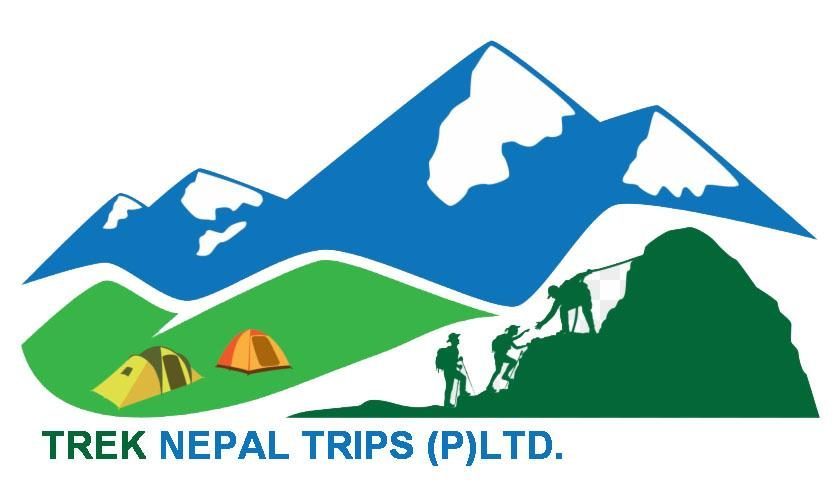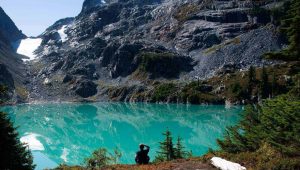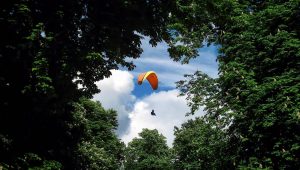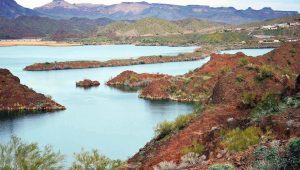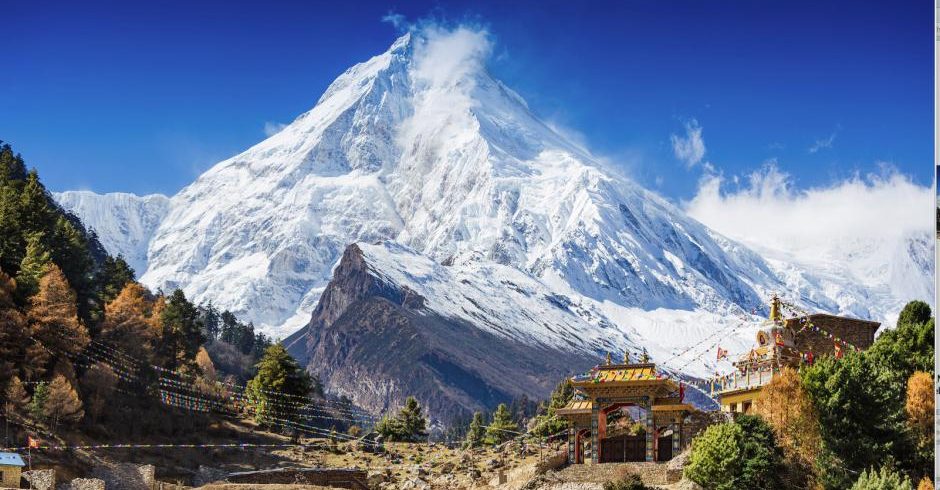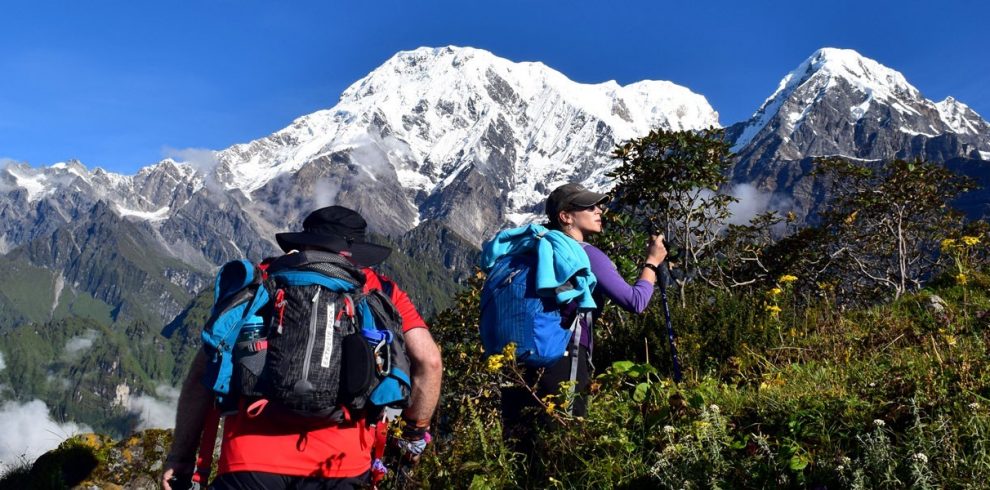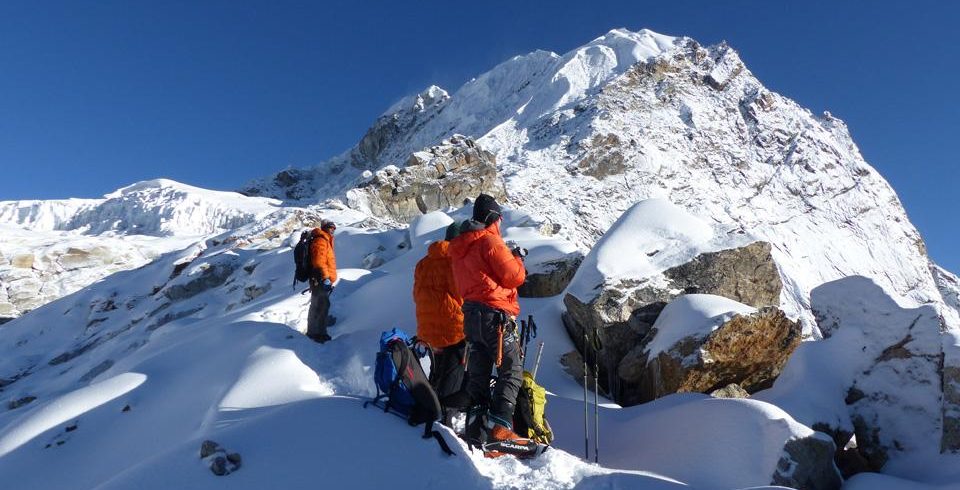Pisang Peak climbing is the most popular peak among all the trekking peak sectors in Nepal, providing a good range for investigation and peak climbing skillfully in the Himalayas of Nepal.
Overview
About the trek:
Pisang Peak climbing is the most popular peak among all the trekking peak sectors in Nepal, providing a good range for investigation and peak climbing skillfully in the Himalayas of Nepal. However, Pisang Peak falls among the non-expedition peaks in Nepal. This peak is approved among all these climbers as one of the designated trekking peaks in Nepal. Pisang peak rises opposite Annapurna II (7937) and lies in between the famous Mount Annapurna I and Mount Manaslu. The Pisang peak climbing expedition can be combined with the world-famous Annapurna Circuit trekking.
Climbers have to pass through many Pisang villages and yak grazing land with an invariable rise up the slope of ice and snow to the final summit of Pisang. Climbing the Pisang peak is an easy climbing experience as the peak is one of the easiest climbing
peaks in Nepal. Pisang peak climbing. Pisang peak climbing provides immediate view of the Annapurna range (twelve 7000 m peaks and many more above 6000 m are located 40 miles between the two river valleys).
How demanding is Pisang peak climbing?
Pisang peak is too demanding for beginners. However, the peak can be climbed by climbers of all levels. Climbing Pisang peak involves several difficulties, like altitude sickness, challenging routes, weather, rapid temperature changes, and type of accommodation during the climbing and expedition period.
The Pisang Peak Climbing Route
The Pisang Peak climbing journey starts with people getting on the bus ride from Kathmandu to Besisahar. The trek finally starts from Besisahar, where people will set off to the beautiful settlement of Bahundanda. The trek then takes a steady walk from Bahundanda to Upper Pisang for a short time, with an average trekking time of 5-6 hours. From Upper Pisang, the destination nears as trekkers head towards the Pisang Peak Base Camp after an acclimatization day. The climb to the summit of Pisang Peak finally starts as you climb from Pisang High Camp. Well, spend some time admiring the beauty of the Pisang Peak Summit and the accomplishment of reaching the top. Soon, head back to Muktinath, pray, and head back to Jomsom. Finally, the group boards a flight back to Pokhara, completing the climb and trek.
The best time for the trek:
Pisang Peak Climbing for 17 Days costs USD 2550 per person.The price includes ransportation, meals, and other amenities such as tents, camping, high altitude tents, and other items listed in the includes section.The Pisang Peak climb can be done both in spring and autumn, although the guide recommends trekkers ascend during the spring season. If trekkers have a big group willing to climb Pisang Peak and any other trekking peaks in Nepal, please contact a travel agency. Trekkers will get offers and group discounts too.
Pisang Peak Climbing Highlights
-Pisang Peak can be reached at an altitude of 6091 meters.
-traverse the Buddhist culture and religion in the Annapurna Region.
-Cross the Thorong La Pass at 5416 meters.
-We traverse the rocky terrain and enjoy the beautiful views of the Annapurna Region.
-Enjoy the picturesque flight from Jomsom to Pokhara.
At Trek Nepal Trips, we are committed to making your trek the best experience you will ever have. If you are interested in joining the Ama Dablam trek, contact us and we will take care of everything for you. Please note that these trips are completely
customizable according to your preference. The itinerary is only for reference.
